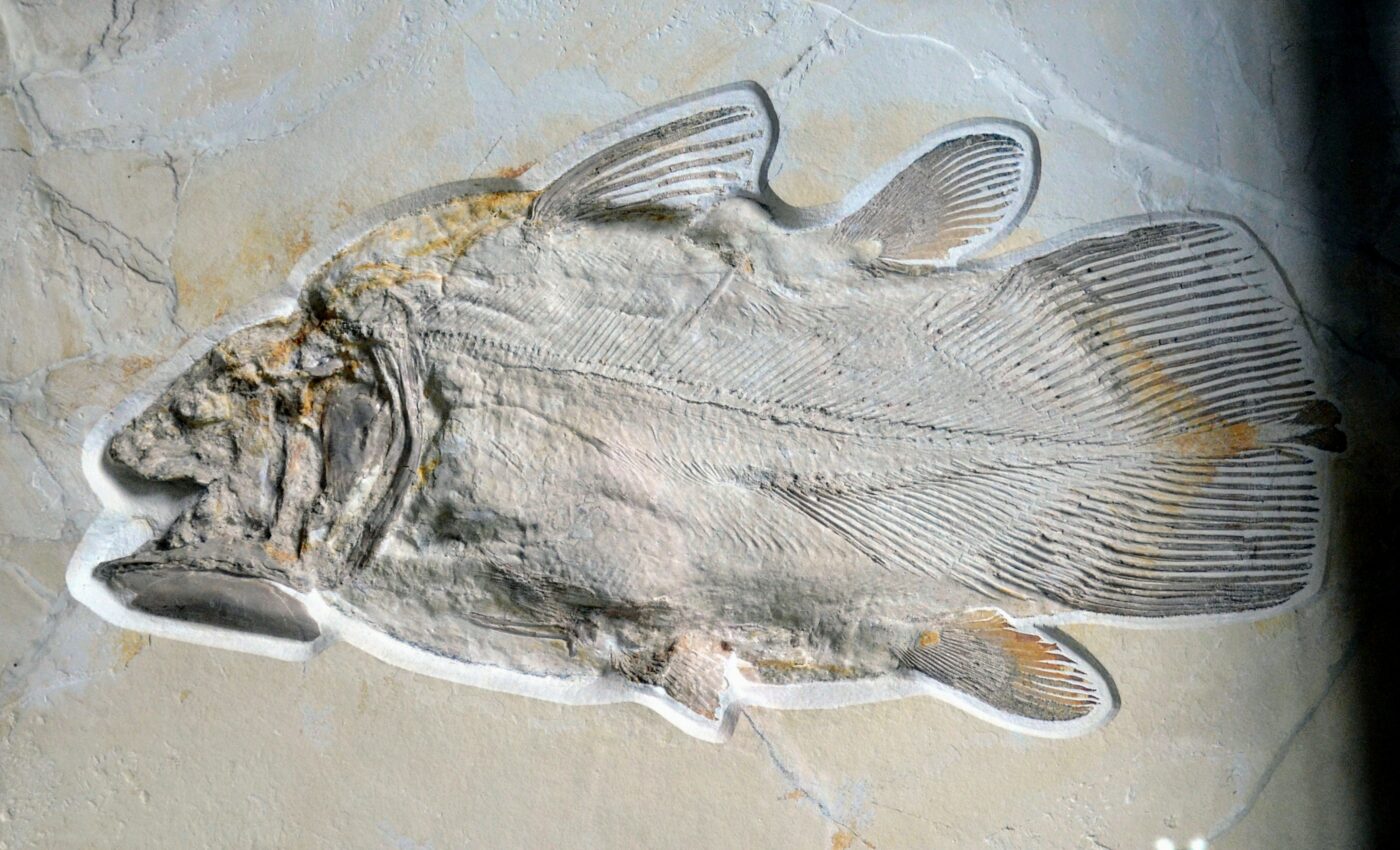
Mysterious fish-like fossil finally classified
Palaeospondylus gunni is a mysterious fish-like fossil vertebrate discovered in 1890 in Scotland. This small animal with an eel-like body lived approximately 390 million years ago, in the Middle Devonian period. Its strange set of morphological features, including a lack of teeth and dermal bones in the fossil record, has made it one of the most enigmatic fossil vertebrates.
Although its phylogenetic position has remained unclear for over a century since its discovery, a team of researchers led by the University of Tokyo and the Australian National University (ANU) has now managed to classify the specimen, arguing that it is most likely one of the earliest ancestors of tetrapods (four-limbed animals).
“This strange animal has baffled scientists since its discovery in 1890 as a puzzle that’s been impossible to solve. Morphological comparisons of this animal have always been extremely challenging for scientists,” said study co-author Yuzhi Hu, an expert in early vertebrate evolution at ANU.
“However, recent improvements in high resolution 3D segmentation and visualization have made this previously impossible task possible. Finding a specimen as well preserved as the ones we used is like winning the lottery, or even better!”
Due to its cartilaginous skeleton and the absence of paired appendages, Palaeospondylus gunni is most likely a member of Sarcopterygii, a group of lobed-finned fishes which are considered to be the evolutionary ancestors of tetrapods – a superclass including amphibians, reptiles, and mammals. These findings could help scientists unlock a variety of unknown morphological features and evolutionary history of four-limbed animals.
However, according to Dr. Hu, it is still hard to accurately determine what this strange animal was, as well as its position on the evolutionary tree. “Even with this new information, long-lasting investigations with the joint effort of scientists from around the world is needed to give us the perfect answer of what actually is Palaeospondylus gunni,” she concluded.
The study is published in the journal Nature.
—
By Andrei Ionescu, Earth.com Staff Writer













